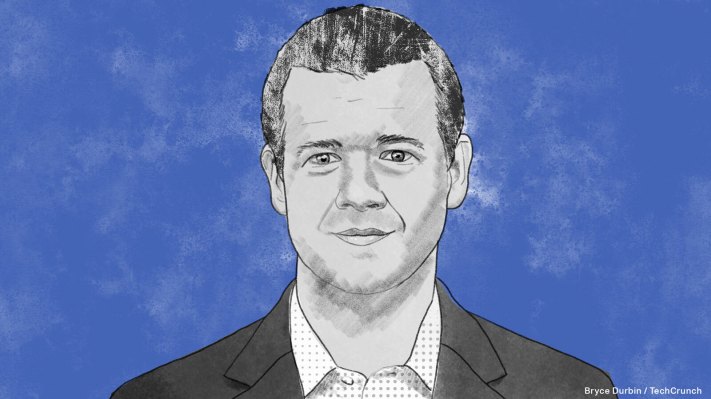Before Gene Berdichevsky became the co-founder and CEO of battery chemistry company Sila Nano, he was the seventh employee at Tesla Motors. As principal engineer on the Roadster battery, Berdichevsky was one of the first people crazy enough to experiment with shoving a lithium-ion battery pack into a combustion engine vehicle. The result? The Roadster became the first highway legal serial production all-electric car fueled by lithium-ion battery cells and able to travel over 200 miles per charge.
In 2011, Sila was founded with a mission of not only building the next generation of battery chemistry, but also being able to scale it. Since then, the company has figured out how to replace the graphite in the anode of a lithium-ion cell with silicon, which Berdichevsky says makes for a denser, cheaper battery cell. He explains why:
There are four key components in a battery. The anode stores lithium when the batteries charge. The cathode stores lithium when the battery is discharged, and the lithium goes back and forth between charge and discharge, moving through an electrolyte liquid. The separator keeps them from short-circuiting.
For the last 30 years, the anode has been graphite, and that material in graphite requires a ring of six carbon atoms for one lithium atom to come and sit in the middle when the battery is charging. So it takes six carbon atoms to store one lithium atom. In silicon, you can have one silicon atom bonding with four lithium atoms. So instead of six to one, you’re one to four. You literally have 42x atomic advantage with silicon, which means you can use a lot less material to store the same amount of lithium. Essentially, you’re using a lot less material in a much smaller space to store your energy, the lithium, in the anode.
Sila’s first commercial product, released in September on the newest Whoop fitness tracker wearable, proves not only that the company’s recipe works, but that it can scale — the launch also marks Sila’s 10-year anniversary. The next step is scaling up 100x to put the same chemistry in automobiles.
The company already has joint battery ventures with BMW and Daimler and aims to provide battery chemistry for electric vehicles at scale by 2025. With nearly every major automaker promising new lineups of EVs, ensuring a sustainable and affordable battery pack is of the utmost importance.
As a battery technology pioneer, Berdichevsky is playing the long game, already thinking in terms of the next few decades worth of work, not just the next few years. He talks us through his long-term strategy, his thoughts on fundraising and his insights into the battery industry.
The following interview, part of an ongoing series with founders who are building transportation companies, has been edited for length and clarity.
What is Sila’s long-term vision?
We want to be a world leader and do for the energy storage industry what Intel did for the personal computing industry. Intel didn’t make every single chip or the motherboards or the PCs. They made the most important components whose performance drove the adoption of the devices people actually wanted, and the better the microprocessor got, the better computers got, the more people used them and the more the world changed.
